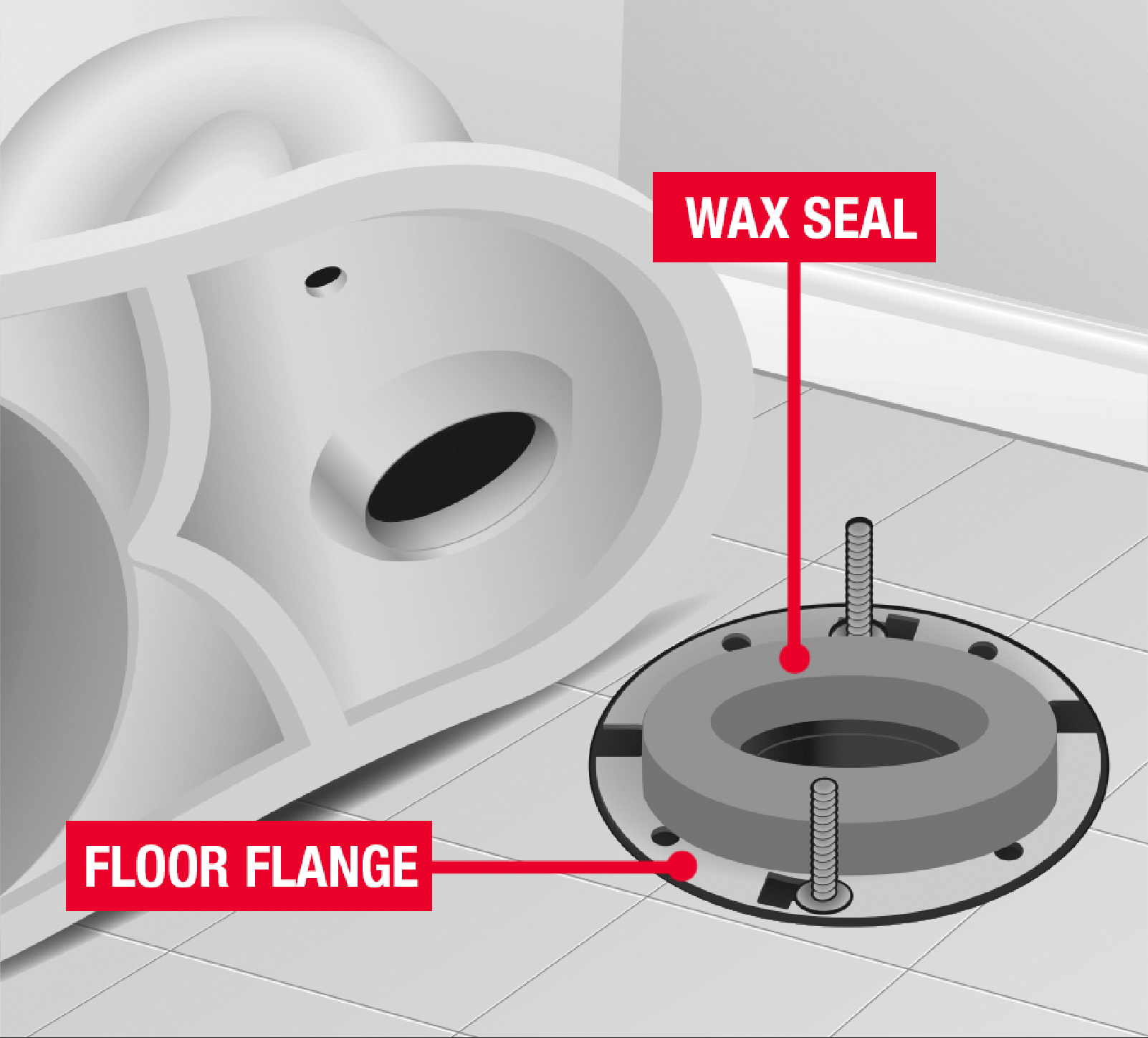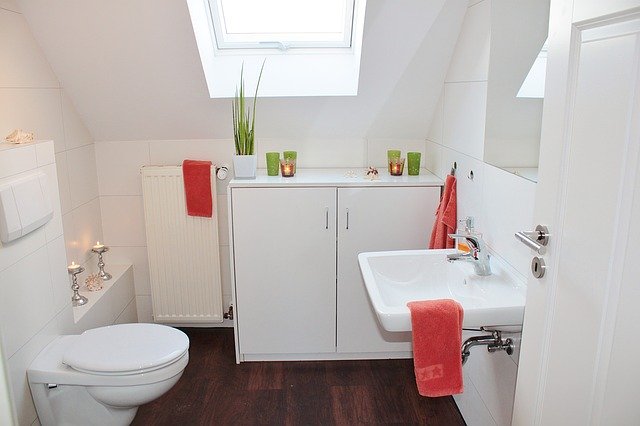Have you ever wondered why your toilet is wobbling or leaking water onto your bathroom floor? It might be more than just a minor annoyance.
A broken toilet flange could be the culprit behind these frustrating issues. Ignoring it might lead to more costly repairs down the road. But how can you tell if your toilet flange is truly broken? Understanding the signs early can save you time, money, and a lot of hassle.
We’ll guide you through the tell-tale signs to look out for, helping you diagnose and address the problem swiftly. Stay with us, and you’ll learn how to keep your bathroom in top shape and avoid unnecessary plumbing disasters.
Table of Contents
Signs Of A Broken Toilet Flange
Water on the floor near the toilet is a problem. It means something is wrong. Check for a broken flange. A damaged flange can cause leaks. Water should not be there.
Do you smell bad things near your toilet? This is not normal. Unpleasant odors might mean a broken flange. Smelly bathrooms are not fun. A good flange keeps odors away.
Does your toilet move when you sit? This is not safe. A wobbly toilet is not right. The flange helps the toilet stay in place. Check if it’s broken.
Do you hear strange sounds from your toilet? Unusual noises mean trouble. A cracked flange can make noises. Listen for strange sounds when flushing.
Common Causes Of Flange Damage
Toilet flange damage often occurs due to rust, improper installation, or heavy toilet movement. Signs of a broken flange include water leaks, unpleasant odors, or a wobbly toilet. Detecting these issues early can prevent further damage and costly repairs.
Wear And Tear
Flanges can break due to wear and tear over time. Frequent use can cause cracks and splits. Small movements may weaken the flange. It may not fit snugly anymore.
Corrosion
Corrosion is another reason for damage. Water and chemicals can eat away the metal. Rust forms and weakens the flange. Over time, it may not hold the toilet securely.
Improper Installation
Improper installation can cause early damage. If not fitted right, the flange might tilt. A tilted flange can’t hold the toilet firmly. This can lead to leaks and breaks.
Excessive Force
Applying too much force can break the flange. When tightened too much, bolts can crack the flange. It is best to use gentle hands.
Tools Needed For Inspection
A wrench is used to tighten or loosen bolts. It helps in checking if the flange is loose. The screwdriver is important for removing screws. This lets you look under the toilet. A flashlight gives you light in dark spaces. It helps see cracks or damage. A putty knife is useful for scraping old wax. This clears the area around the flange.
These tools make the inspection easier. They help you find problems quickly. Always be careful when using tools. Safety first!

Credit: diy.stackexchange.com
Step-by-step Inspection Process
Shut off the water. Find the valve near the toilet. Turn it clockwise. This stops water flow. It’s safe now. Keep towels ready for spills.
Loosen the bolts at the toilet base. Lift the toilet gently. Ask a friend for help. The toilet can be heavy. Place it on a towel nearby. Be careful not to chip it.
Inspect the flange carefully. Look for cracks or damage. Flanges should be round and intact. If broken, it needs fixing. Use a flashlight for a better view.
Check the wax seal under the toilet. It should be firm and unbroken. A damaged seal can cause leaks. Replace if it’s squashed or missing. This keeps the bathroom dry.
Repair And Replacement Options
Tiny cracks can be fixed easily. Use a strong sealant to fill them. This stops water from leaking. Always check the sealant is dry before use. A dry sealant ensures a good fix.
A damaged flange needs replacing. Remove the old flange carefully. Buy a new one from a store. Make sure it is the right size. Install it snugly to prevent leaks.
Some problems need experts. Plumbers know how to fix flanges well. They work fast and safely. Sometimes, calling a plumber saves time and trouble.

Credit: www.oatey.com
Preventive Measures
Detecting a broken toilet flange involves checking for water leaks around the base. Unpleasant odors or rocking toilets indicate potential issues. Regular inspections can prevent costly water damage.
Regular Maintenance Tips
Check the toilet flange often. Look for cracks or damage. Keep the area clean. Dirt can hide problems. Use a flashlight to see better. A clean flange lasts longer. Regular checks help find issues early. Fix small problems quickly.
Avoiding Over-tightening Bolts
Bolts hold the toilet in place. Tighten them gently. Too tight can break the flange. Use a wrench carefully. Stop when the toilet feels steady. It should not wiggle. Checking the bolts often is smart. Loose bolts can cause leaks.
Choosing Durable Materials
Pick strong materials for the flange. Metal lasts longer than plastic. It handles pressure well. Ask a store worker for advice. They know which materials are best. Durable flanges cost more but save money later. They break less often.

Credit: www.youtube.com
Frequently Asked Questions
What Are Signs Of A Broken Toilet Flange?
A broken toilet flange may cause water leaks and instability. You may notice unpleasant odors and wobbling of the toilet. Cracks or visible damage around the base are also indicators. Addressing these issues promptly can prevent further damage and costly repairs.
How Can A Broken Flange Affect Plumbing?
A broken flange can lead to leaks and water damage. It may cause unstable toilet seating, leading to potential floor damage. Over time, this can affect plumbing efficiency, leading to costly repairs. Ensuring a proper seal can maintain plumbing health and prevent issues.
Can A Broken Flange Cause Odors?
Yes, a broken flange may allow sewer gases to escape. This results in unpleasant odors in your bathroom. Proper sealing is crucial to prevent gas leaks. Addressing flange issues can eliminate these odors and maintain a fresh bathroom environment.
How Do You Inspect A Toilet Flange?
Inspect the flange for visible cracks or damage. Check for water leakage around the base. Ensure the toilet doesn’t wobble when seated. Regular inspections can help identify issues early and prevent costly repairs. A flashlight may assist in detailed inspections.
Conclusion
Spotting a broken toilet flange is crucial for home maintenance. Listen for unusual sounds. Check for leaks or wobbles. These signs indicate flange issues. Fixing them prevents bigger problems. Keep your bathroom safe and functional. Regular inspections help catch damage early.
Don’t ignore small signs; they save time and money. A well-maintained flange ensures a happy bathroom experience. Quick action avoids mess and stress. Remember, a sturdy flange means peace of mind. Keep checking and stay alert. This small task protects your home.
Your bathroom deserves proper care. Stay proactive for a worry-free household.






